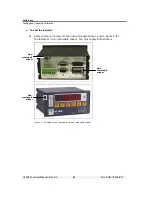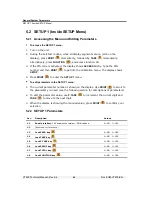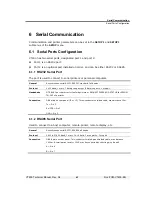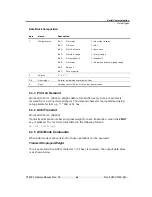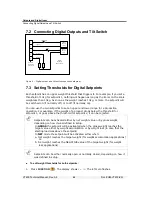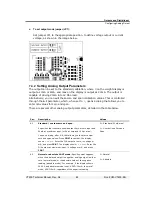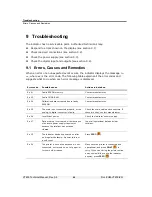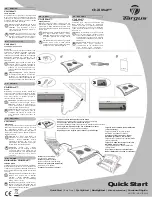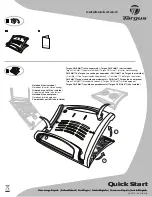
Serial Communication
Output Types
VT400 Technical Manual, Rev. A5
46
Doc
#
UM-VT400-EN
Byte Name
Description
1
Weight status
Bit 0:
0=Normal
Bit 1:
0=Gross
Bit 2:
0==No Auto zero
Bit 3:
0=Within range
Bit 4:
0=No standstill
Bit 5:
0=Normal
Bit 6:
Always 1
Bit 7:
Zero or parity
1=No weight display
1=Net
1=Auto zero
1=Out of range
1=Standstill
1=Under minimum weighing range
2 Polarity
“+”
or
“-”
3-8
Weight
6 digits, including decimal point if any
9
Sync
Carriage return (0D hex) for end of transmission.
Command “ZERO”
Equivalent to pressing the front panel Zero key. This is executed when ASCII
character
0
(30 hex) is received. No data is returned to the host. Execution of the
command may be verified by examining the weight (command ?).
Print on Demand Character
When a demand character is received the unit saves the weight in its Alibi flash. It
then transmits the Alibi number and the weight, for example:
1234 012.340 kg
The demand character may be programmed through
SETUP
>
SETUP 2
, setting
2.c
=65-90(A-Z).
A
(41h) will generate and transmit the new Alibi number;
a
(61h)
will repeat the last Alibi number (in the case where the message was not received
properly).
6.3.6
EDP Protocol Output
Works With Port 2.
Transmits weight measurements to a host computer, according to the currently-
selected print format, with or without an ENQ prompt, and with or without an
ACK/NAK handshake (see ‘Relevant Setup Parameters’ below).
The EDP protocol works when more than one indicator is connected to the host PC. It
is also more flexible than print on demand, allowing for more complex operations. It
can also transmit more than just the weight measurement shown on the display,
because it sends data according to the currently-selected print format.







